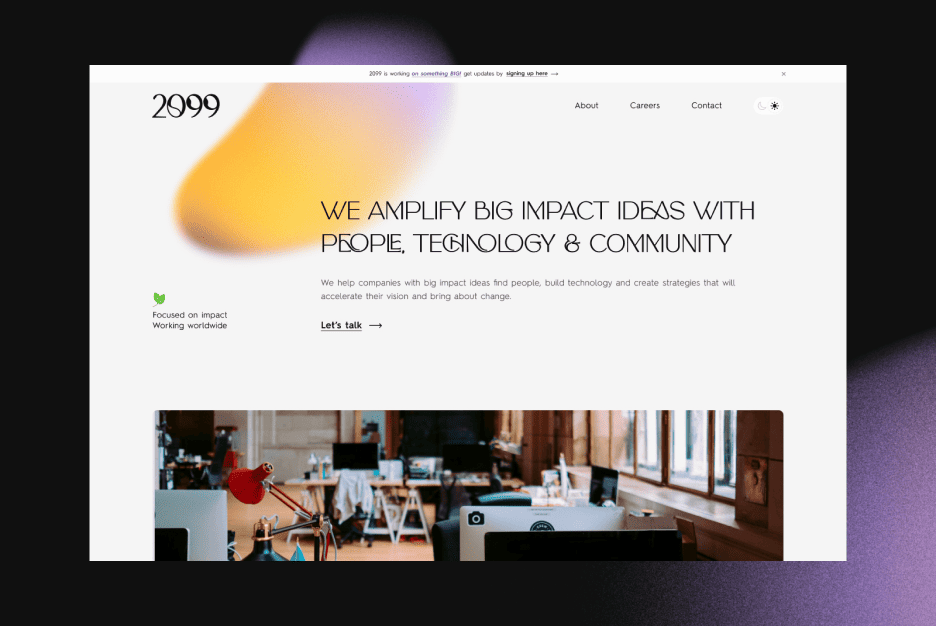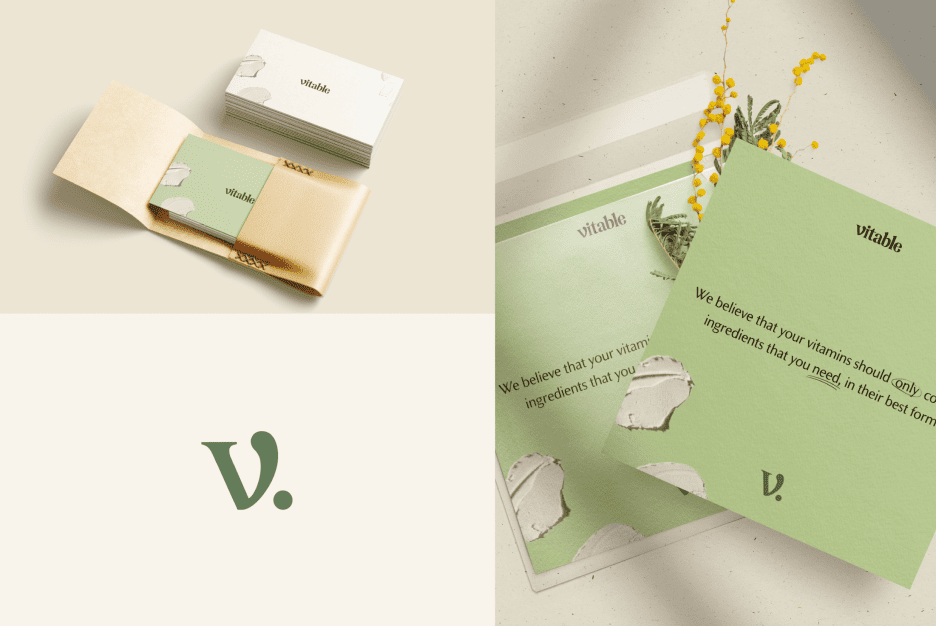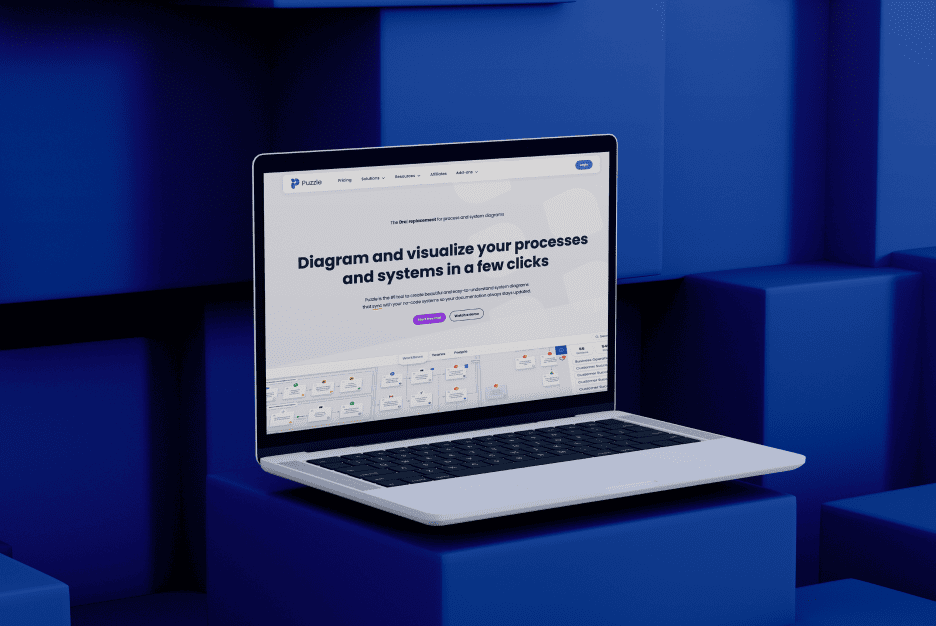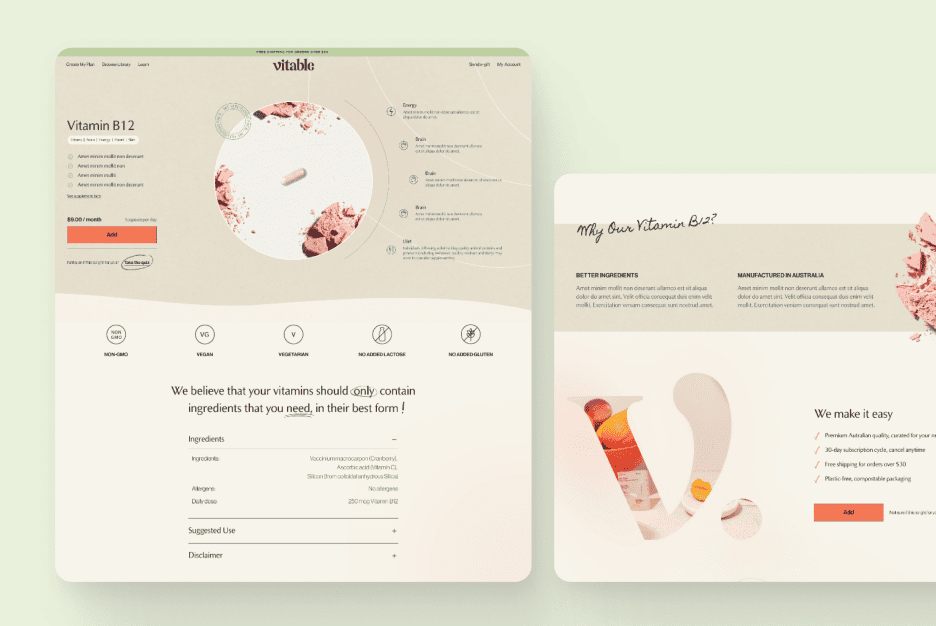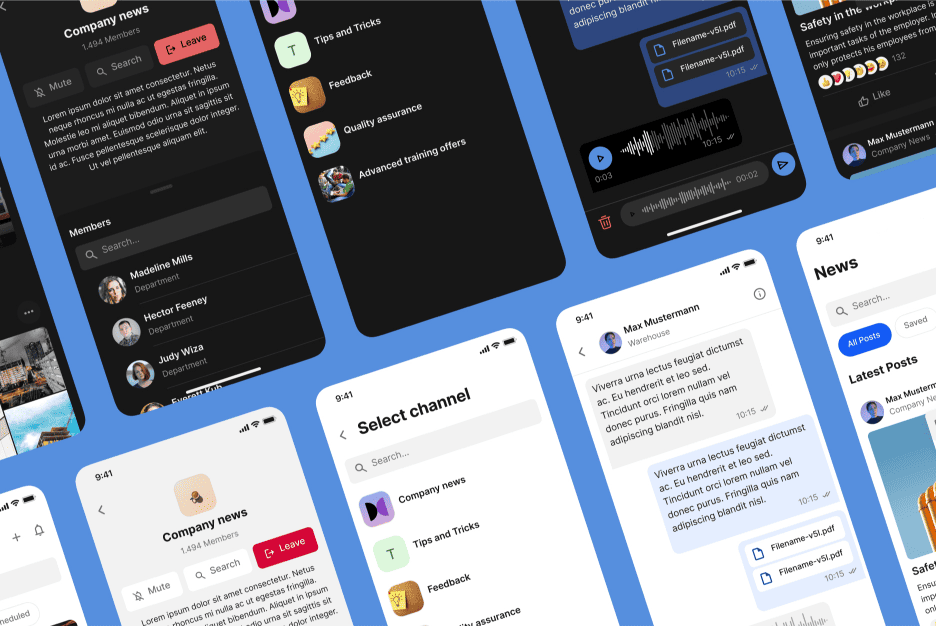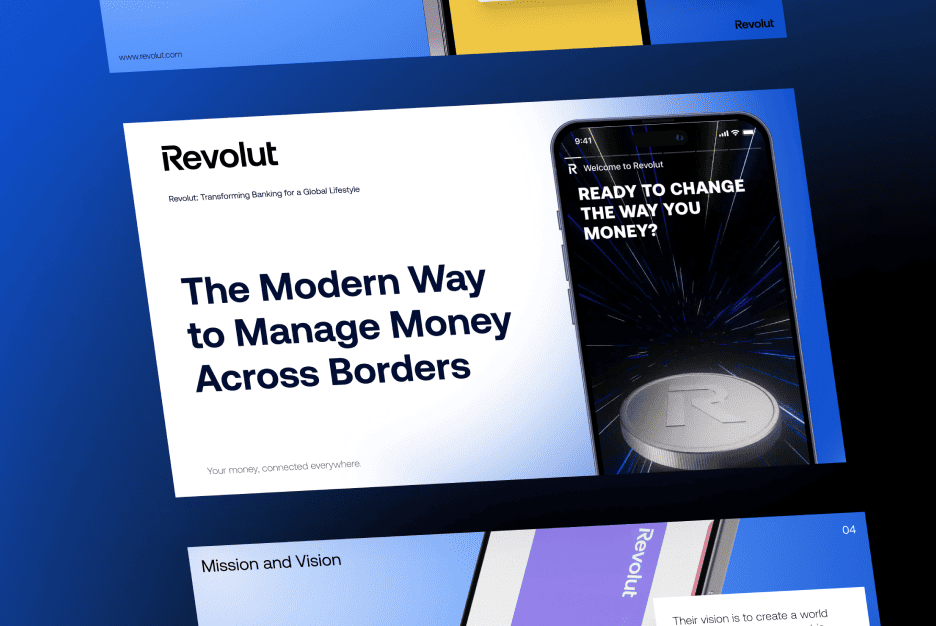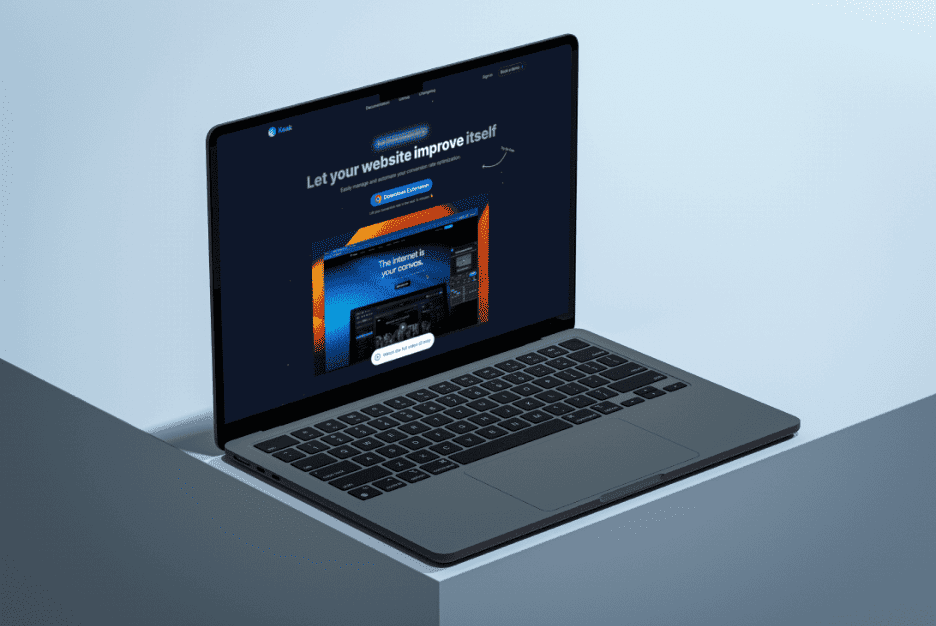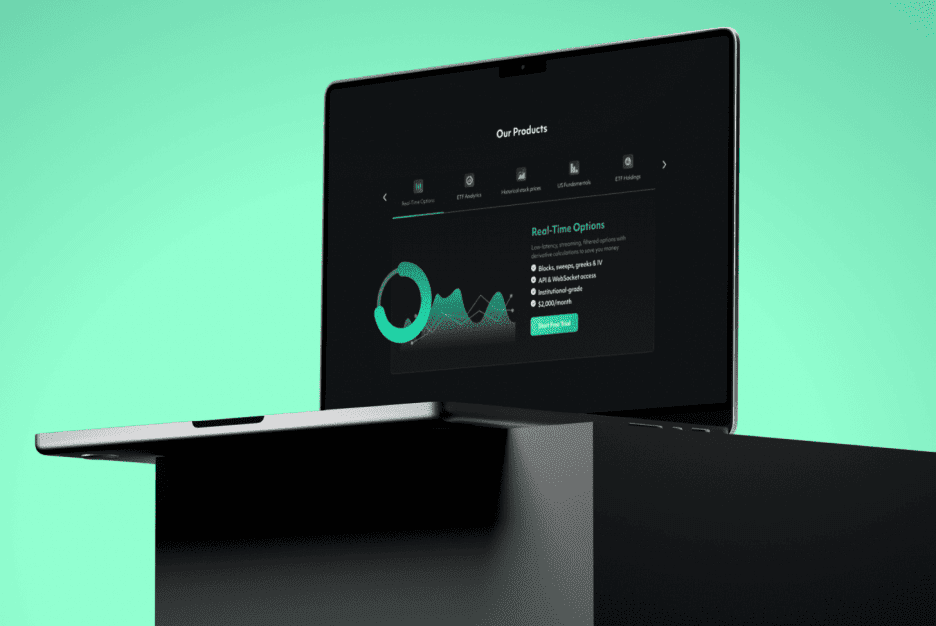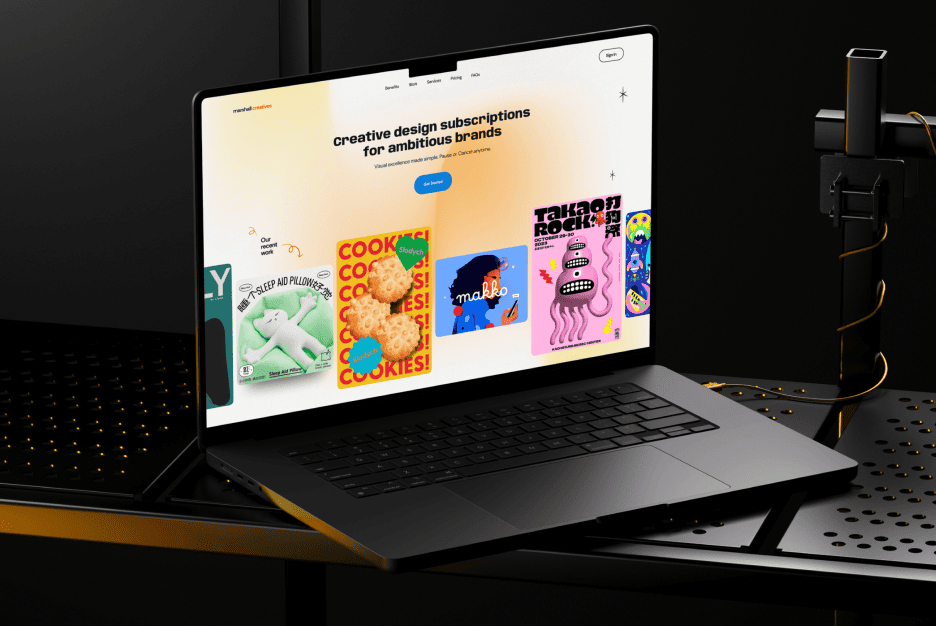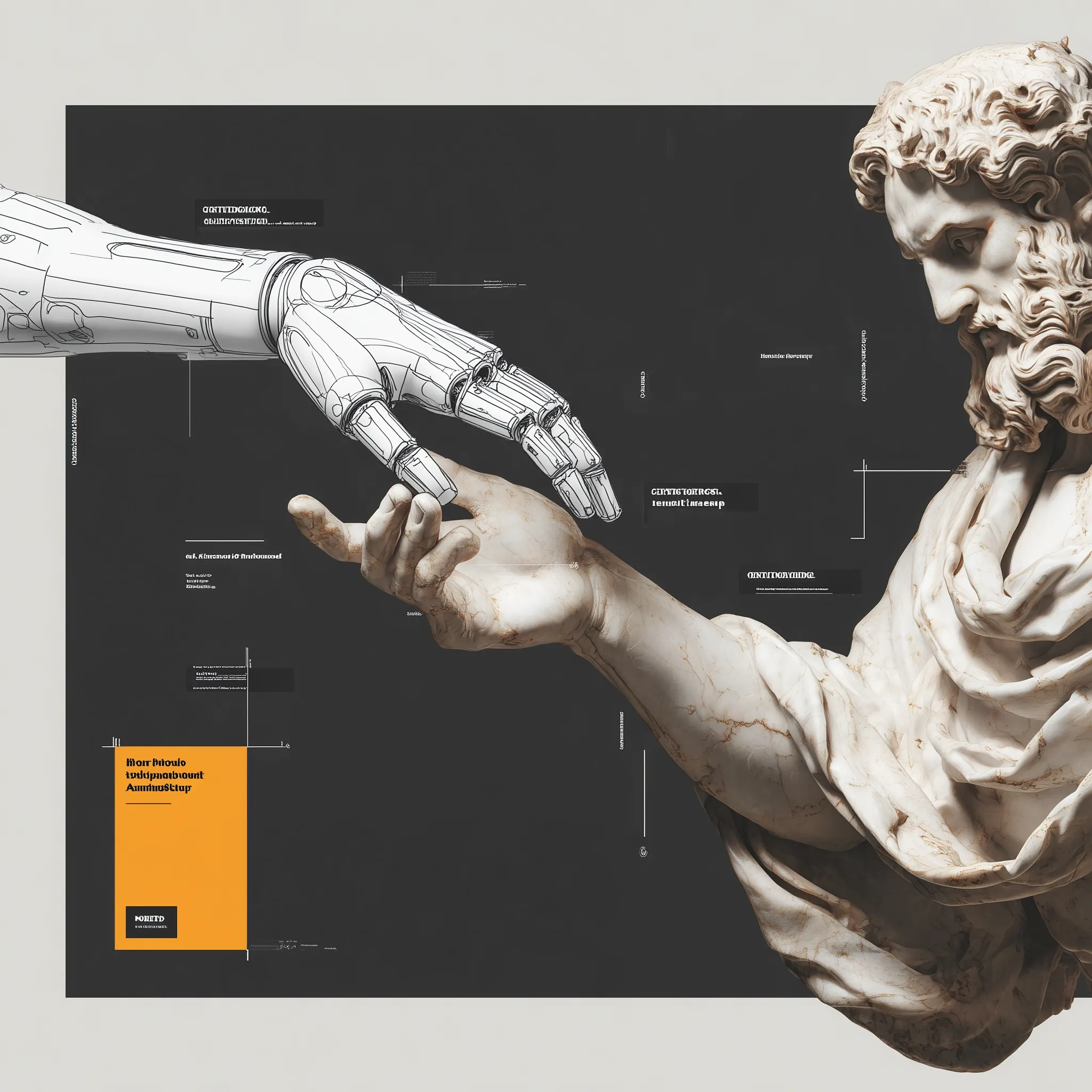There was a time when we designed apps like machines, and users behaved like they were trying to survive a puzzle game. Then AI showed up — and everything changed. Now, design isn’t about controlling the experience anymore; it’s about co-creating it. We’re entering a future where humans and intelligent systems actually work together — not just click buttons. Let’s talk about how to build that world.
The World After UX-2.0 and the Birth of a New Era of Interaction
Remember when UX meant clean buttons, pretty gradients, and trying to make people click faster? That was UX-2.0 — the “make it intuitive” age. But the real world caught up. Users got smarter, and machines got way smarter. Suddenly, a static interface wasn’t enough.
Now, the challenge isn’t how fast someone finishes a task, but how fluidly humans and algorithms can think together. The modern User Journey is no longer linear — it’s conversational, adaptive, and, honestly, a bit unpredictable. And that’s where the fun begins.
UX-3.0 as a Philosophy of Human–Machine Partnership
Forget the idea that AI is stealing your job. In UX-3.0, it’s your creative partner. Think of it like jazz: humans set the rhythm, and AI improvises. Together, they create something that neither could do alone.
This new design mindset isn’t about “controlling” the algorithm — it’s about setting up System Architecture that allows AI to enhance what humans already do best: imagine, empathize, and decide. When design is a dialogue, not a dictatorship, magic happens.
The Evolution of Trust Between Humans and Algorithms
Trust used to mean “does this button work?” Now it’s “can I rely on this system to understand me?” That’s a big leap. To make that happen, designers need to make transparency sexy again. Let people see what the AI knows, how it decides, and — most importantly — when it’s unsure.
Research shows that people forgive AI errors faster when they understand the “why” behind them. In other words, trust grows when the product feels honest. The new rule? Build interfaces that admit they’re not perfect. Just like us.
When the Interface Becomes a Co-Author of Ideas and Decisions
Imagine you’re writing a marketing plan, and the interface suggests a brilliant angle you hadn’t thought of. Not because it’s replacing you — but because it’s thinking with you. That’s UX-3.0 in action.
In this space, design tools become creative collaborators. AI doesn’t just fetch data; it connects dots, sparks insights, and sometimes even argues back (politely). The interface transforms from a silent servant into an active contributor.
Emotional Intelligence in Next-Gen Digital Products
Emotion isn’t fluff — it’s data. When systems recognize moods, tone, or hesitation, they can respond in surprisingly human ways. We’re talking about empathy, not efficiency.
Imagine an app that detects frustration and offers a simpler route or a calm tone. That’s not just smart — it’s kind. Building emotional intelligence into UX means studying User Behavior on a deeper level and designing responses that feel intuitive, not robotic
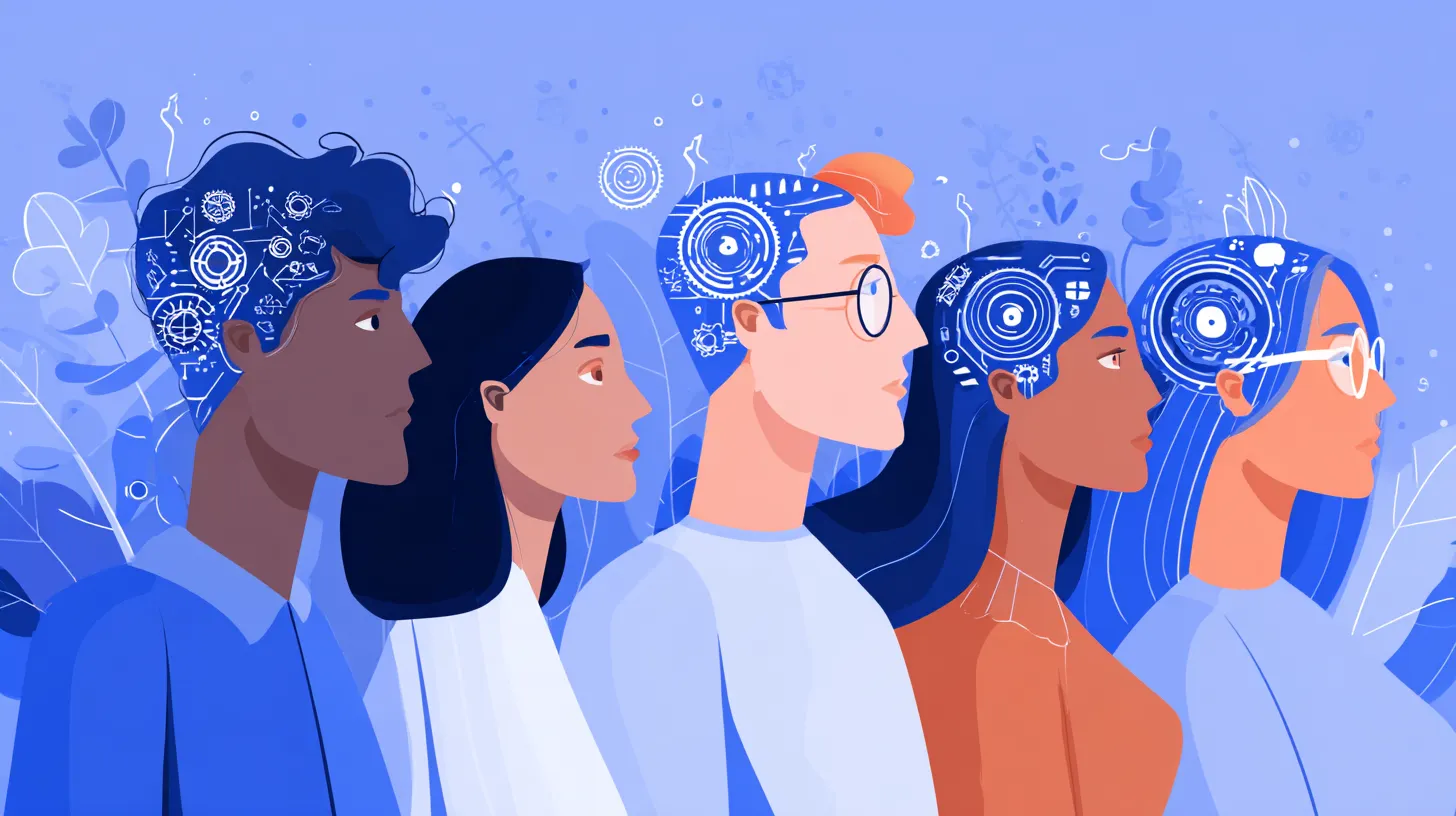
Voice, Gesture, and Intention as the Language of AI Interaction
Typing is so 2010. The future speaks, waves, and even shrugs. Interfaces now have to interpret not just words, but meaning — the pauses, the tone, the subtle “uhh” that says, “I’m thinking.”
To make that possible, designers are merging linguistics, psychology, and tech. The goal? Systems that “listen” beyond words. And when that happens, your phone or app stops feeling like a tool and starts feeling like a teammate.
Principles for Designing Shared Human–Machine Experiences
If UX-3.0 had commandments, they’d look something like this:
- Design for dialogue, not control
- Let users teach the system
- Always explain why AI does what it does
- Prioritize comfort over speed
These aren’t just rules; they’re survival strategies. Shared experience design means accepting that both sides — human and machine — are constantly learning. The result isn’t a polished flow, but an evolving conversation.
Ethical UX and the Responsibility of Future Designers
When AI is part of the design process, ethics stop being optional. Every choice — from what data you collect to how you present a recommendation — shapes human behavior. Designers are no longer just creating interfaces; they’re designing relationships.
Ethical UX means building trust into the System Architecture itself. No dark patterns, no manipulative nudges. Just clarity, respect, and honesty. Because if we want people to collaborate with AI, they need to feel safe doing it.
The Future of UX Designers in the Age of Smart Interfaces
Here’s the good news: robots aren’t replacing designers — they’re giving them superpowers. The job is shifting from “pixel pusher” to “experience architect.” You’ll be training algorithms, shaping adaptive User Journey models, and designing for unpredictability.
In this new world, the best UX designers are part psychologist, part data whisperer, and part futurist. It’s messy, fascinating, and full of opportunities to redefine what creativity even means.
Human-Centered AI as the Foundation of Digital Humanism
At the heart of all this tech talk is something profoundly simple: people. No matter how advanced AI becomes, it should always amplify human values — empathy, curiosity, connection.
Human-centered AI is about giving users control without burden, intelligence without arrogance. The future of UX isn’t about smarter machines — it’s about wiser humans. And maybe, just maybe, that’s what true progress looks like
